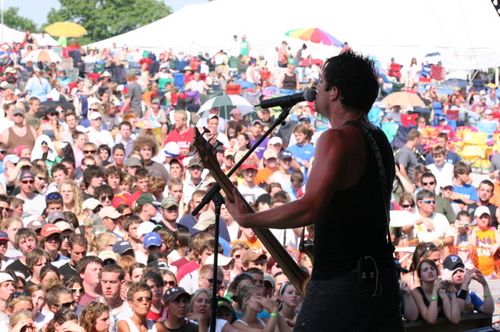There are a wide variety of sites mentioned in passing in the NT which were nonetheless very important places in the ancient world. Two of these are Alexander’s Troas and Assos. Acts 20 recounts Paul’s visit to Troas (not the Troy of Iliad fame) in Acts 20.7-12, followed by Paul’s visit to Assos which he walked to from Troas (no small journey in itself). Let’s consider each site in turn.
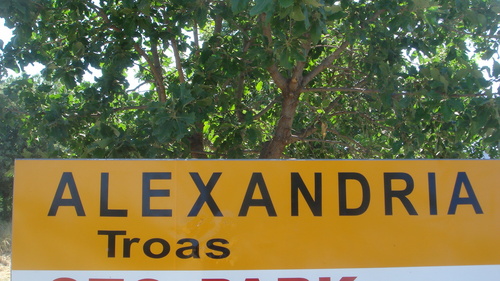
While most of us are very familiar with the story of the Trojan horse (see replica below), the Troy of Paul’s day was closer to the coast, and in fact a different city.
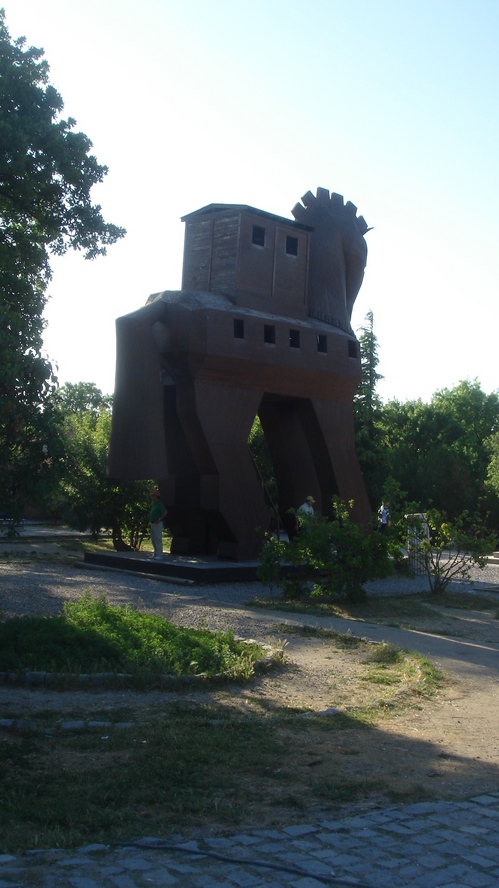
The story of Eutychus who fell asleep and fell out of the window is well know, but what is less well know is that Christianity, a religion on the move was becoming indigenous up and down the west coast of Turkey. The coast today is not where the coast used to be, due to silting up of rivers like the Meander and harbors like that at Alexandria Troas (see below).
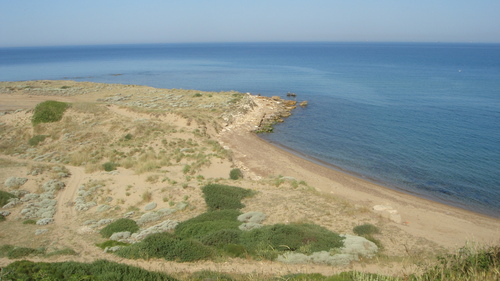
There was a strong Roman as well as Greek presence in this city, as is shown by the various inscriptions in Latin in the agora and in connection with temples in this place (see below).
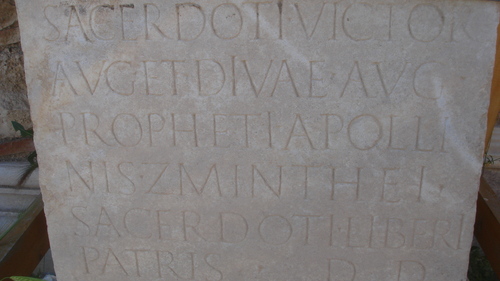
In fact the inscription above indicates the presence of the imperial cult in this city, and what is interesting about that is that it was the other ‘new’ religion on the block, which involved the worship of a known historical figure, in this case Caesar.
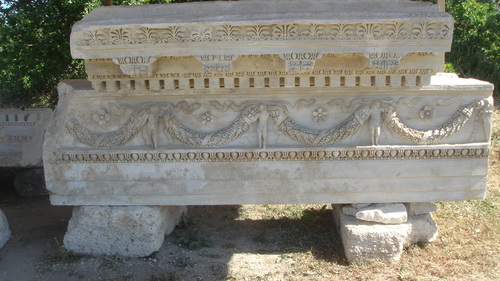
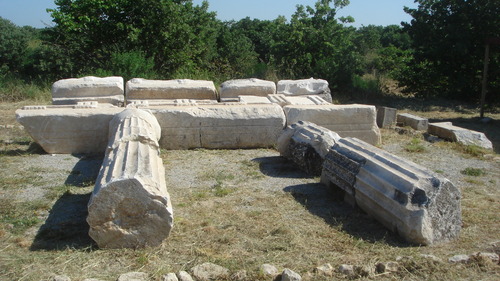
It is not at all clear why Paul, despite his companions going by boat from Troas to Assos, chose to walk the Roman road to Assos. Presumably, there were people along the way he wanted to see or evangelize. In any case, we still have a nice chunk of this Roman road leading into Assos which is in plain view—-
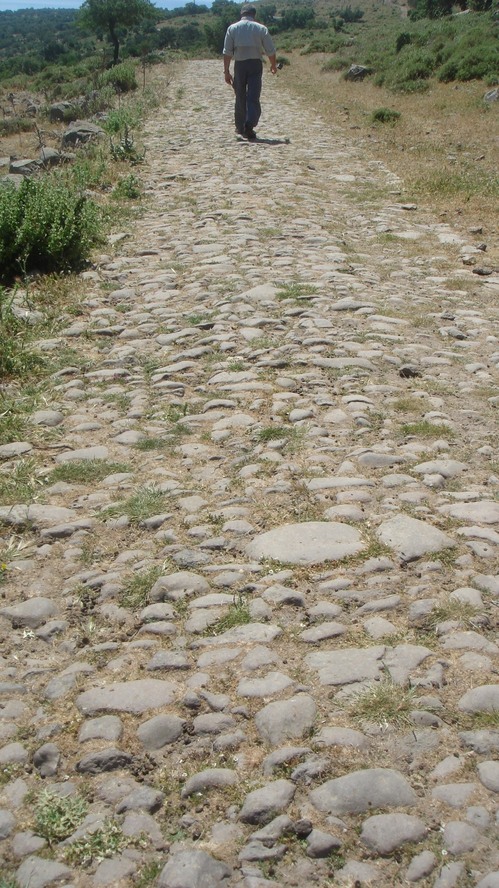
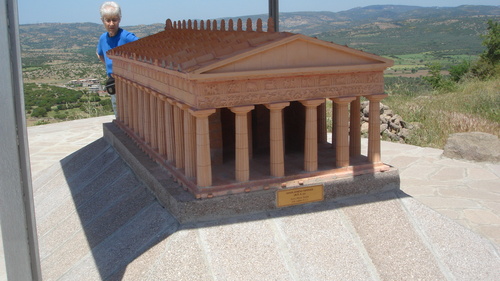
Everywhere Paul went, there was major religious competition for Christianity, and since Christians did not have priests, temples, or sacrifices, it is likely many in the Greco-Roman world would have viewed Christianity as some sort of philosophy, rather than a religion per se.
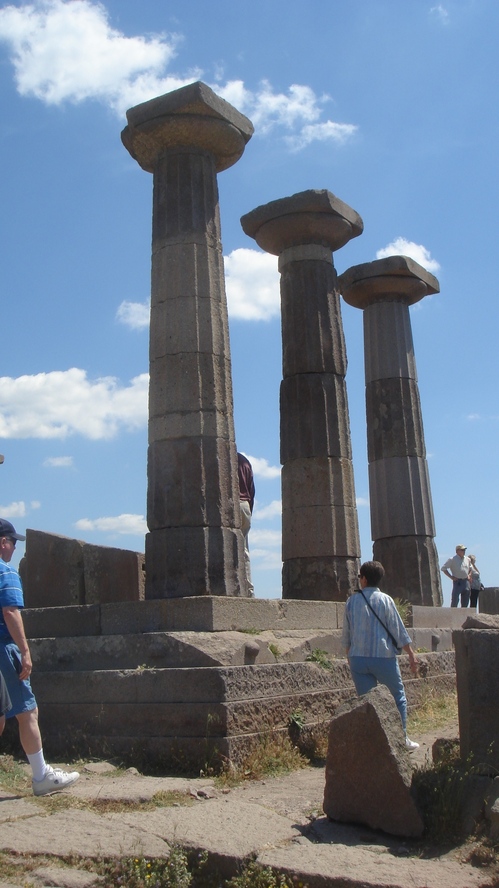
There were temples to Artemis, for example in various places in this region (not just in Ephesus). The difficulty for Christianity was that it had to change the Greco-Roman mindset not only from polytheism to monotheism, but also from religions that focused on various different aspects of ordinary life (gods of the crop cycle and fertility, gods of rain etc.) to a God of history. These were major changes in a thought world. The economy was agrarian, and people, being practical, were more concerned with whether the olive crop was going to come in or not. Below is a sign about the cycle of the olive crop.
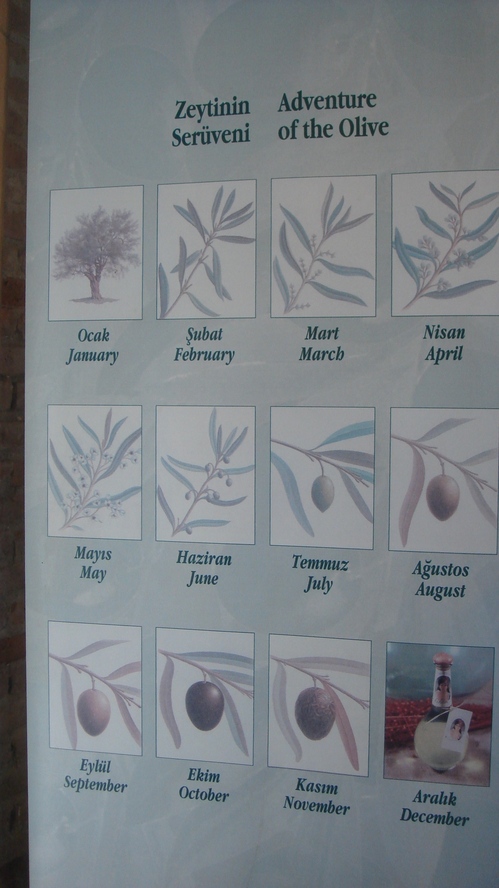
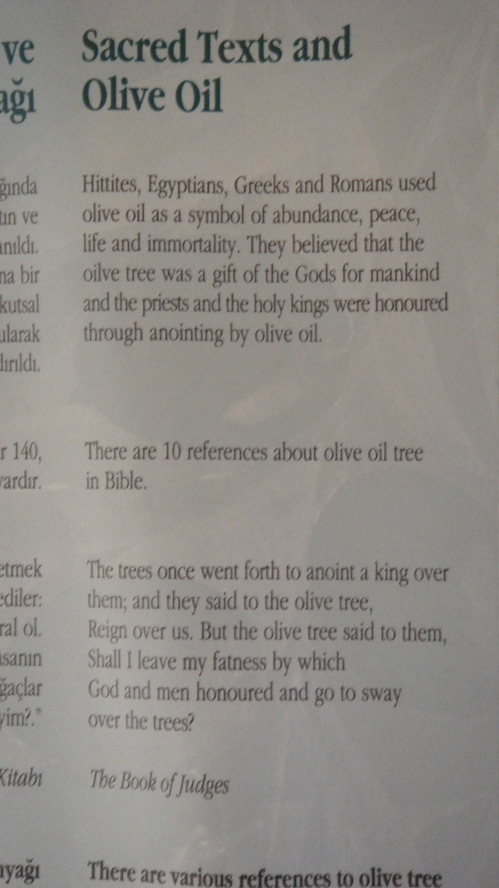
It is an interesting study to consider all the references to olive trees in the Bible. Of course the most famous is Gethsemane which means olive press. The Mount of Olives was a large olive grove where pilgrims camped out for the Passover festival.












